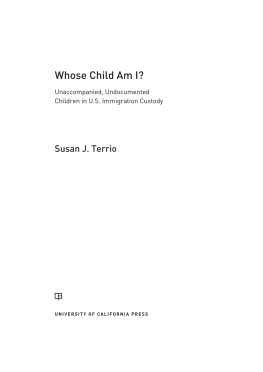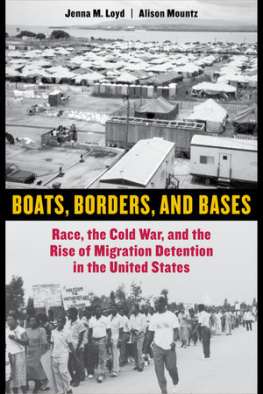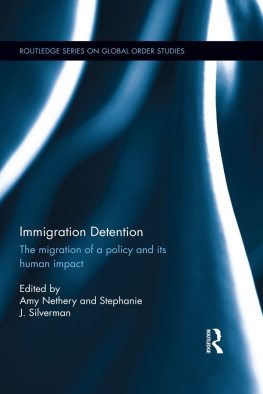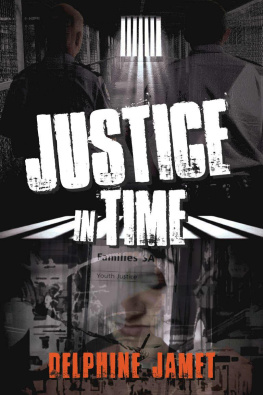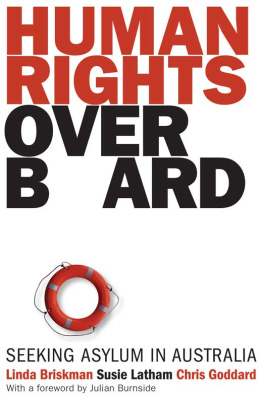ACKNOWLEDGMENTS
I am grateful and indebted to a large number of people for their continued guidance and support over the last six years. I thank my mentors Nikki Jones, Denise Segura, Victor Rios, John Sutton, and Kyra Greene. Each of you showed me a unique and dynamic way to mentor students; this mentorship allowed me to forge my own academic career. You also taught me to be a kind and reflexive human being who puts social justice at the center of my personal and professional work. I now use these skills as a faculty member, researcher, and mentor. I also thank the following institutions and organizations: Options for Youth, Grossmont College, Pasadena City College, San Diego State University, and University of California, Santa Barbara. Countless faculty and staff members in these organizations shaped my professional pathway, and I am forever grateful. I thank, too, the Ford Foundation, the University of California Presidents Postdoctoral Fellowship, the Chicano Studies Institute (UC Santa Barbara), and the Social Work and Criminal Justice Program at the University of Washington Tacoma for providing me with generous economic support for this project.
I also thank my colleagues at University of Washington Tacoma for their continued support and inspiration. A special thanks to Janelle Eliasson Nannini, Eric Madfis, Alissa Ackerman, and Jeff Cohen. Your support and comments helped improve the manuscript, and your friendship is priceless. A special thanks as well to my dearest friends and colleagues, O.G. Xuan Santos and Gustavo Barahona-Lopez. Xuan, you are the older brother I always wanted; and, Gustavo, you are the friend I always needed. My family and I are blessed to have you both in our lives. I also thank Amada Armenta: without your help all those years ago I would not have made it into graduate school, and I would not have completed this manuscript or my PhD. I thank, too, the reviewers at the University of California Press for their insightful comments and critiques. They helped improve the manuscript in immeasurable ways.
I offer a very special thanks to my wife and partner, Angie Henao. Thank you for being so amazing and supportive. I appreciate your encouragement and your willingness to hear all my ideas and presentations (and jokes) before they ever see a classroom or conference. You are the best thing that every happened to me, and I am grateful to have you in my life. And I thank my son, Sol Gael Henao Flores. I named you after the book Soledad Brother by George Jackson. This book inspired me, and I know one day it will do the same for you. I hope that in the future you will become as proud of me as I am of you. I also thank my parents, Carmen Flores and Gerardo M. Flores, for their hard work, years of dedication, and willingness to leave their lives in Mexico to find better opportunities for their children in the United States. Along these same lines, I thank my brothers, David Flores and Esau Flores. Both of you are amazing people, and you are doing great things for our community. You two provide me with more hope and encouragement than you can imagine.
Finally, I thank all the young women in my study. Thank you for sharing your daily struggles and victories. I hope this book has a positive effect on your lives and the lives of other young people like you. I also thank all the professionals (especially Ms. Sanchez) who helped facilitate this study. Although I critique the criminal justice and educational systems, there are still kind and compassionate people in it who try to improve young peoples lives. I hope my work does not overshadow your efforts.
As I have said in the past, I believe we can live in a society where prisons and detention centers of all kinds are no longer necessary. A world where the criminal justice and educational systems can become institutions for social change, instead of organizations that discipline and punish individuals. I can imagine a future where we help transform people who have committed mistakes in ways that do not require a carceral experience. I firmly believe we are slowly working toward that reality, and I hope this book helps achieve this goal.
Introduction
I leave my house at about seven in the morning on a typical sunshine-filled day in Southern California. Out my car window, the Pacific Ocean glistens with seemingly endless rays of sun. Near the end of my forty-mile trip this morning, a new-model black truck holds up traffic in the fast lane. While Im still trying to maneuver around it, I notice my exit is a mile and a half away. After successfully crossing three lanes of traffic to make it to the far-right lane, I pick up my camera in hopes of taking a picture of the freeway sign for the juvenile detention center, which is posted at the side of the road. A later glimpse at my camera while I wait for a red light shows me that I missed the first sign as well as the second: the frame shows only branches and sky.
After a right at the exit, I drive through a neighborhood that looks a lot like the working-class Latino enclave where I grew up. This area has a dingy, worn-down look: The paint on the buildings is faded, cracked, and peeling. The storefronts have signs in Spanish: barato (cheap) and oferta (sale). On my right, I see a sheetrock shop followed by a few liquor stores, a small used car lot, a strip mall with a donut shop, a cell phone store, and a discount shoe outlet; on my left, a gas station and a carniceria (Mexican butcher shop). Its a struggle to keep my eyes on the road. A bit farther along, the storefronts give way to farmland. A seemingly random public school appears after about another half a mile. Despite the lack of razor wire, it looks remarkably like a detention facility, complete with steel-colored roofs, tan paint, basketball courts, and two pristine baseball diamonds. A huge crater about a hundred feet deep and three hundred feet wide sits right next to the school, looking like an old mining site that no one bothered to cover or fill. Before reaching the detention center, I pass a few peach-colored self-storage buildings and two lonely fruit stands. On my left, the sky-blue background and stainless-steel lettering of the sign for the detention facility catch my eyes. I again try to take a picture, but this time my camera refuses to turn on.



